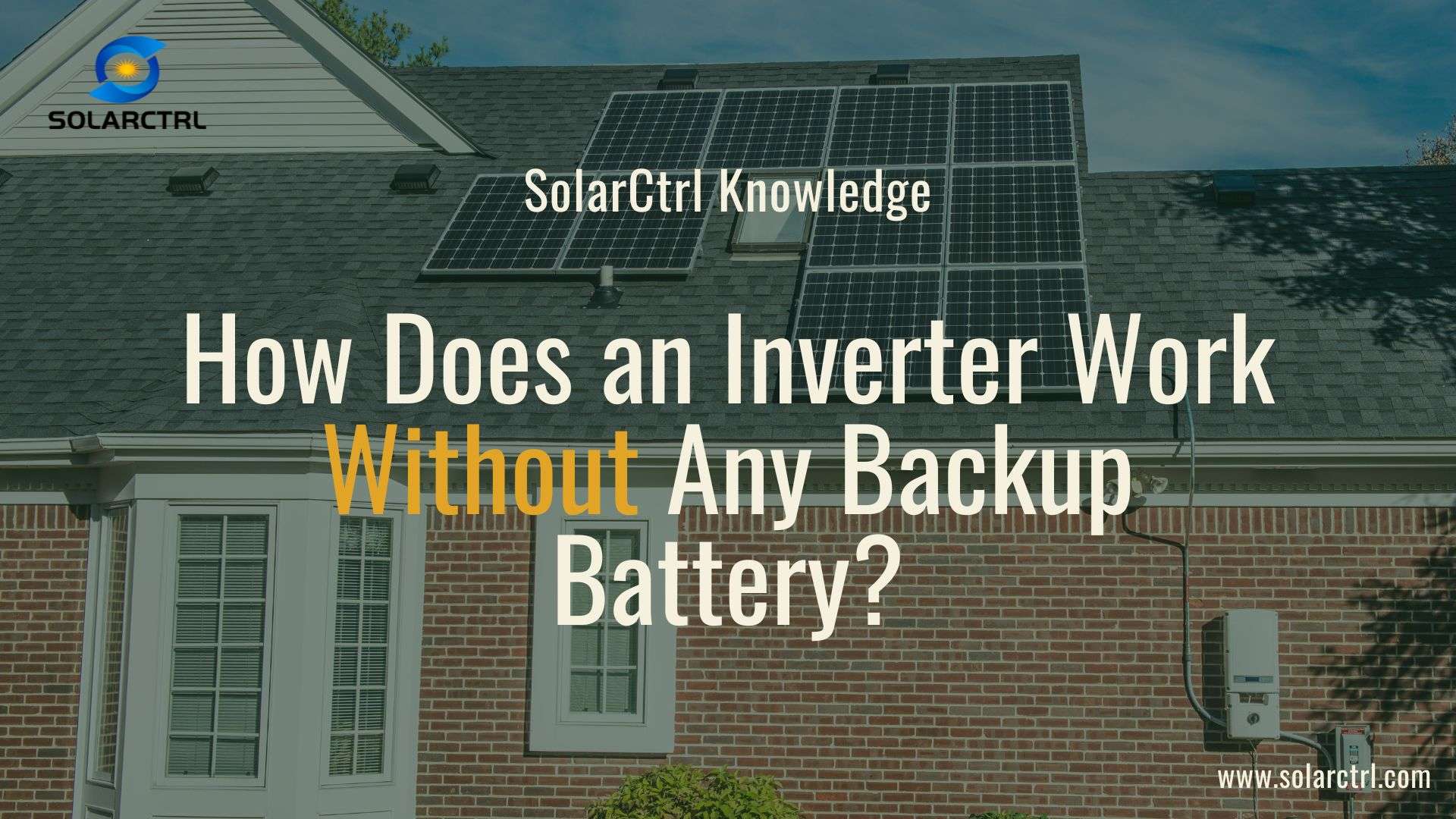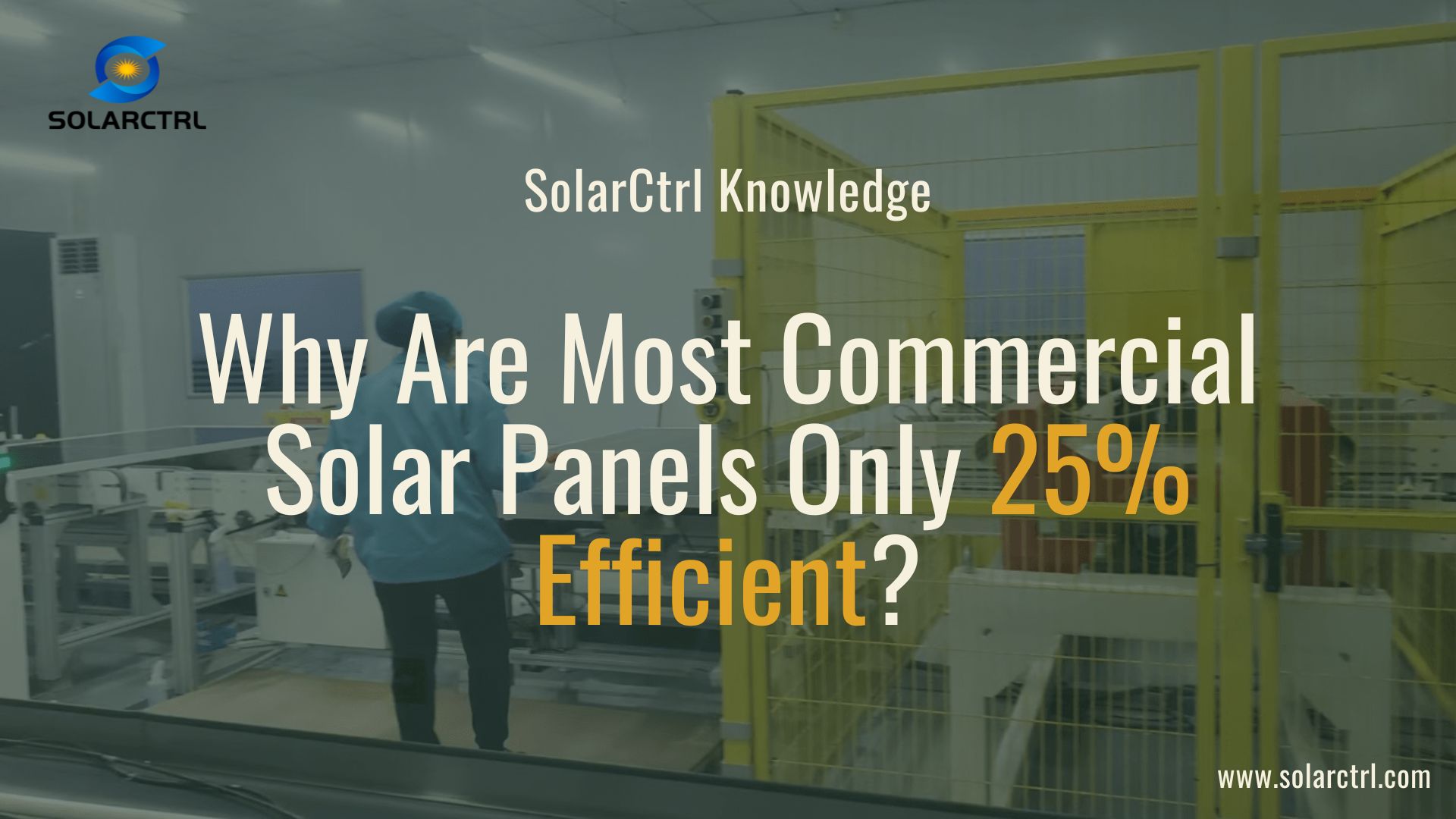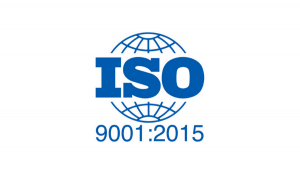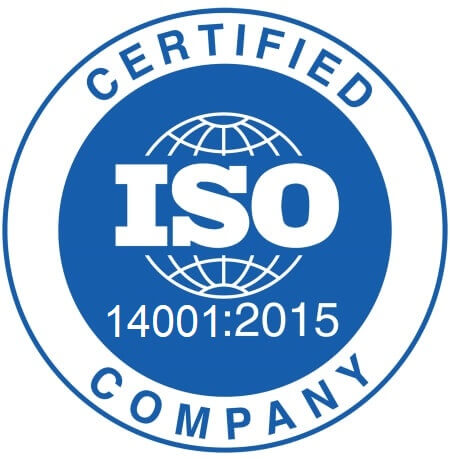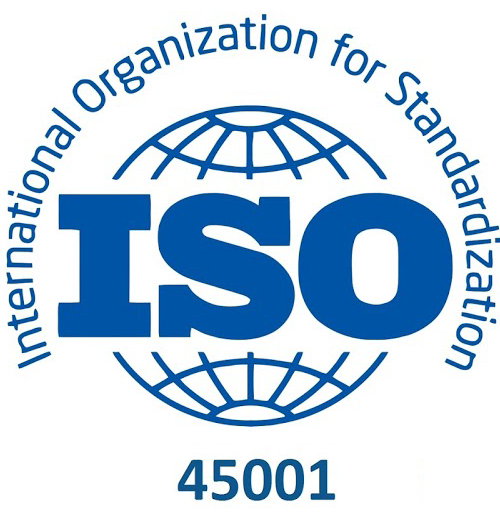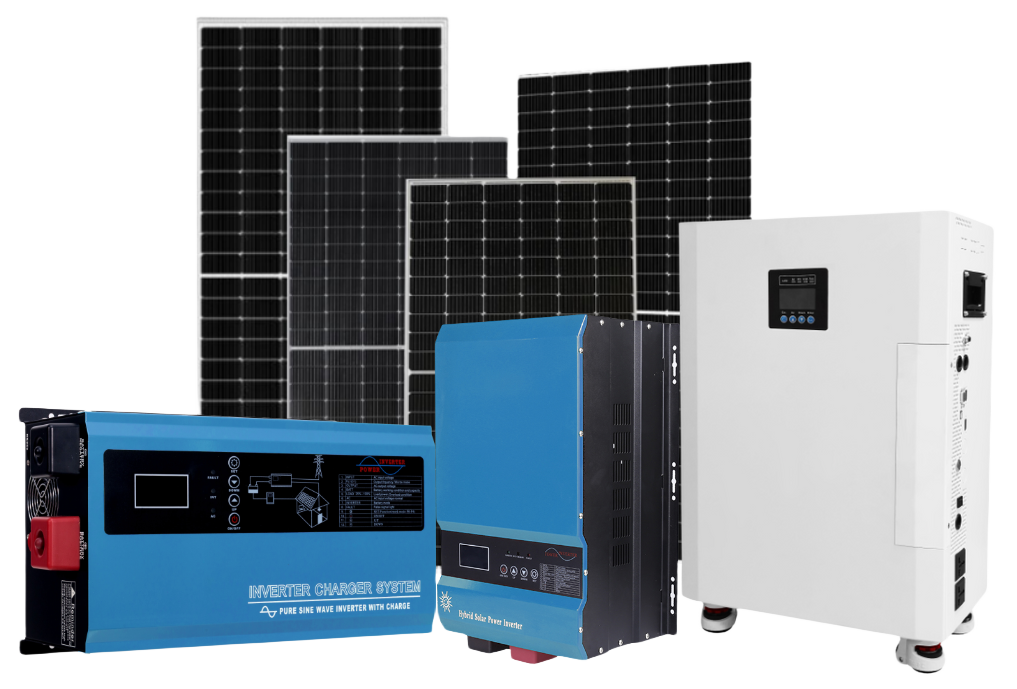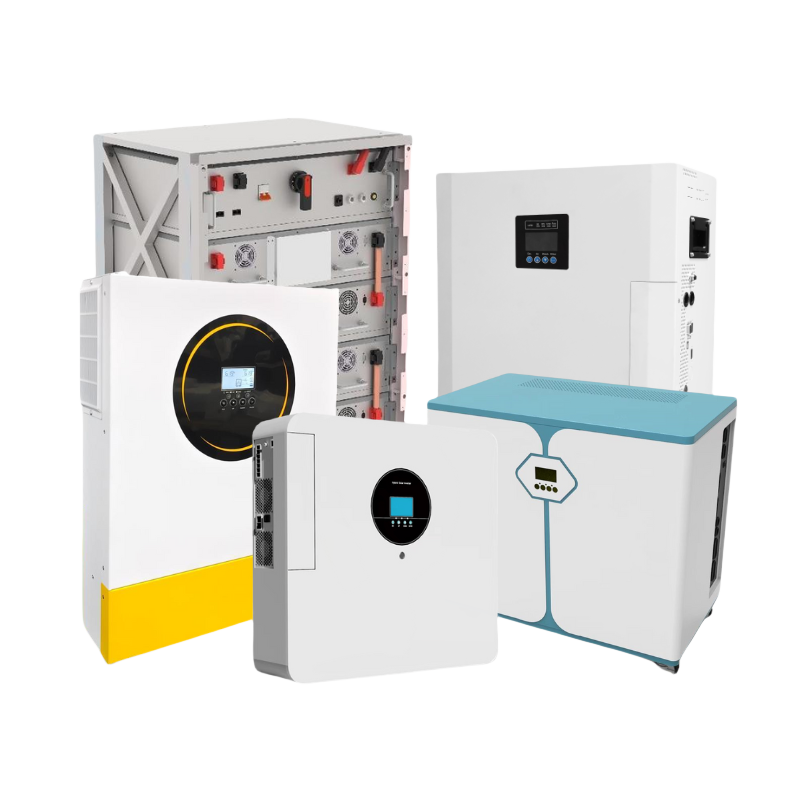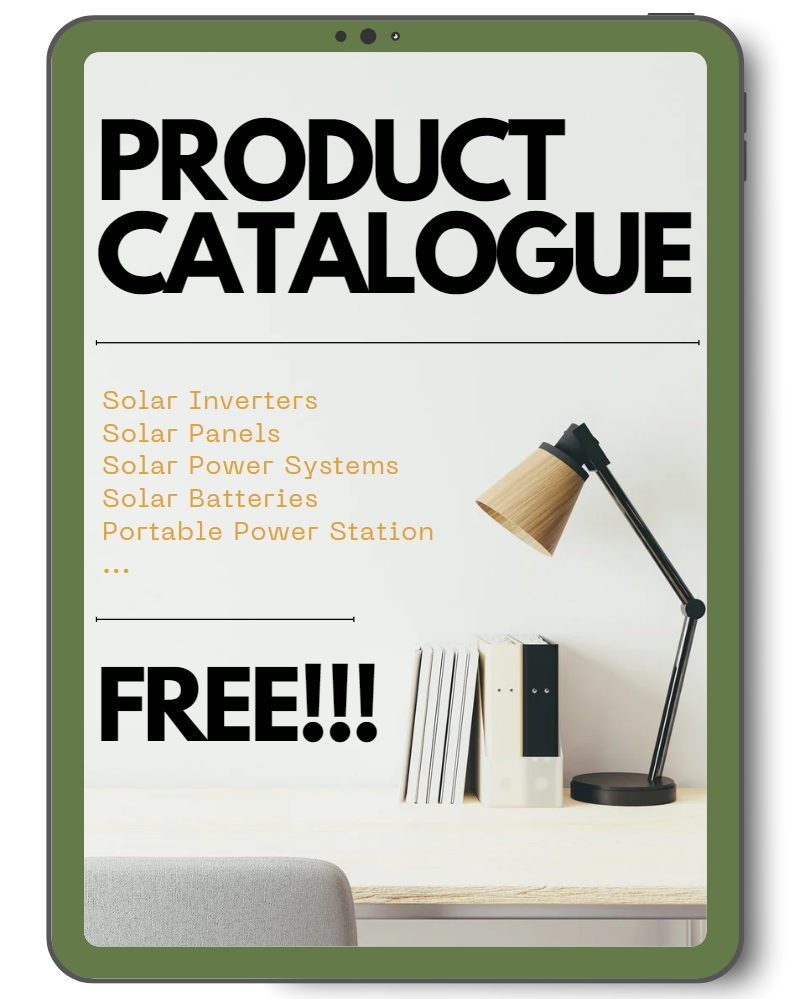Introduction
In configurations where there is no battery, the solar panel provides a continuous flow of DC electricity during daylight hours. The inverter then converts this into AC power, which can be used immediately or fed into the grid. However, without a battery, excess electricity from the solar panel cannot be stored. This means during times without sunlight or when solar output is insufficient, the system cannot provide power. Additionally, direct powering of devices with this setup may lead to interruptions if sunlight availability fluctuates.
Therefore most commonly, inverters without backup batteries are connected directly to the utility grid. At night or during low light conditions, since there is no battery backup, the system draws power from the grid. This setup is known as a grid-tied system, and it’s the most popular type of solar power system for residential and commercial properties.
In this article, we’ll delve deeper into the workings of such inverters, their benefits, limitations, and practical applications.
The Basics of Inverter Operation
An inverter’s primary function is to convert DC electricity into AC electricity. Here’s a step-by-step explanation of how an inverter works within a solar power system without a backup battery:
1. Solar Panel Generation
The process begins with solar panels, which are designed to absorb sunlight and convert it into DC electricity. The amount of electricity generated by these panels depends on several factors, including their size, efficiency, and the amount of sunlight available. Additionally, the location and weather conditions play a significant role in the efficiency of solar panels. More sunlight exposure generally results in higher electricity production.
2. Inverter Conversion
Once the solar panels generate DC electricity, this power needs to be converted into AC electricity to be useful in most applications. This is where the inverter comes into play. The DC electricity flows from the solar panels into the inverter. The inverter then performs its primary function of converting the DC electricity into AC electricity. This conversion is crucial because the electrical grid and almost all household appliances operate on AC power.
3. Grid-Tied Systems
In systems without backup batteries, the inverter is typically part of a grid-tied system. In a grid-tied system, any excess electricity generated by the solar panels that isn’t immediately used by the household is fed back into the electrical grid. Conversely, when the solar panels aren’t generating enough electricity—such as at night or during cloudy periods—electricity can be drawn from the grid to meet the household’s needs.
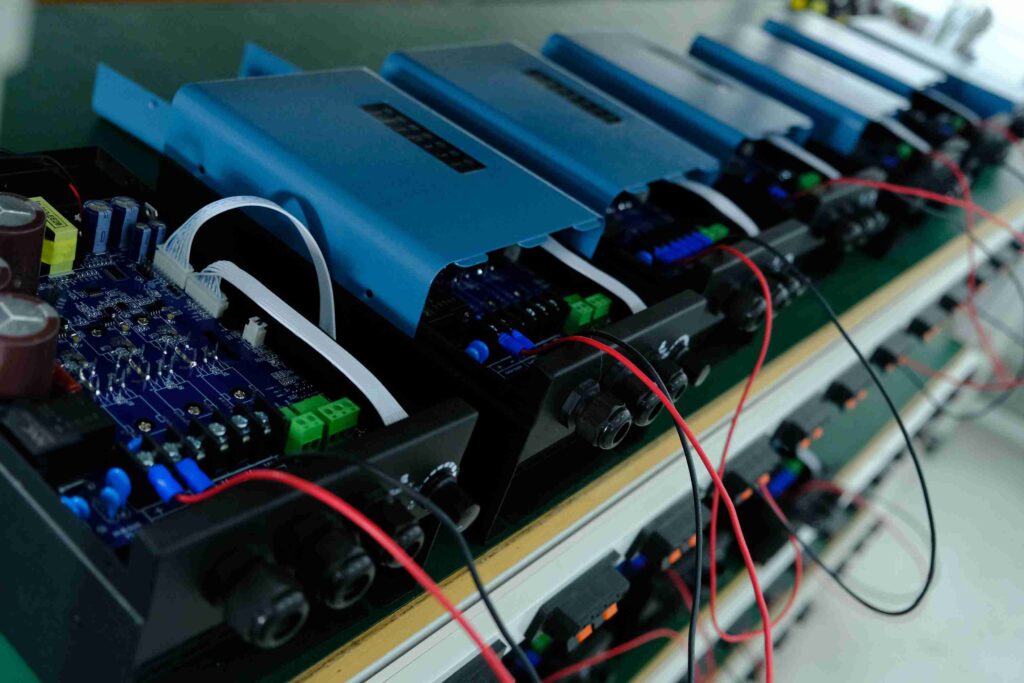
Benefits of Operating Without a Backup Battery
Operating a solar power system without a backup battery offers several benefits:
1. Cost Savings
One of the most significant advantages is the reduction in initial setup costs. Batteries, especially those designed for solar power systems, can be quite expensive. By eliminating the need for a battery, the overall investment required to set up the solar power system is substantially lowered. This cost savings can make solar power more accessible and attractive to a wider range of users, including homeowners and small businesses.
2. Simplified Installation
Without a battery, the design and installation process of the solar power system is considerably simplified. A system without a battery does not require additional components such as charge controllers and battery management systems, which are necessary for managing the charging and discharging cycles of batteries. This simplification reduces the installation’s complexity and shortens the installation time, making it quicker to get the solar power system up and running.
3. Maintenance Reduction
Batteries require regular maintenance to ensure they operate efficiently and have a long lifespan. This maintenance can include monitoring charge levels, checking for any signs of wear or damage, and replacing the batteries when they reach the end of their lifecycle. In contrast, a system without a battery has fewer components that require ongoing maintenance. This reduction in maintenance needs not only saves time and effort but also reduces the long-term operational costs associated with the solar power system.
4. Efficiency
Inverters can operate more efficiently without the inclusion of a battery. When electricity is generated by the solar panels and used immediately, there are fewer energy losses compared to storing the energy in a battery and then retrieving it later for use. Energy storage and retrieval processes typically involve some loss of energy due to the inefficiencies inherent in battery technology.
By using the electricity as it is generated, these losses are minimized, resulting in a more efficient overall system. This immediate use of generated electricity is particularly advantageous in grid-tied systems, where any excess electricity can be fed back into the grid, providing additional financial benefits through net metering or feed-in tariffs.
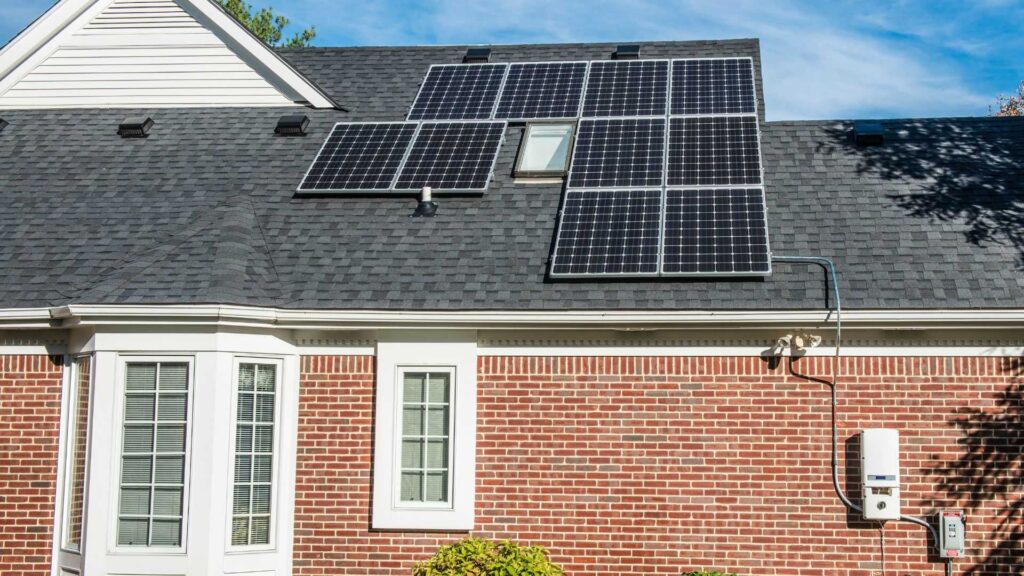
Limitations and Challenges
While there are benefits to operating a solar power system without a backup battery, there are also limitations and challenges to consider:
1. No Backup Power
One of the most significant drawbacks of a solar power system without a backup battery is the lack of backup power during grid outages. In areas prone to power interruptions due to weather, infrastructure issues, or other factors, this can be a major inconvenience.
Without a battery to store energy for such times, households and businesses will be left without power when the grid goes down, regardless of how much solar energy is available at that moment. This limitation can be particularly problematic for critical operations that require a continuous power supply, such as medical facilities, data centers, and essential household appliances.
2. Energy Waste
Another challenge is the potential for energy waste. Any excess electricity generated by the solar panels that isn’t used immediately or fed back into the grid is essentially wasted. This situation arises because, without a battery, there is no way to store surplus energy for later use.
On sunny days when solar panels generate more electricity than needed, the excess energy cannot be saved for use during nighttime or cloudy periods. This inefficiency can lead to lost opportunities for cost savings and energy utilization.
3. Grid Dependency
A solar power system without a backup battery is entirely dependent on the grid. This means that if the grid goes down, the solar power system will not provide electricity, even if the sun is shining and the panels are generating power.
The dependency on the grid can undermine the reliability of the solar power system, especially in areas with unstable or unreliable grid infrastructure. Users must rely on the grid to supply power when solar generation is insufficient and to manage any excess power generated.
4. Peak Demand Charges
In some regions, electricity costs are higher during peak demand periods. Without a battery to store solar energy for use during these peak times, households and businesses may face higher electricity bills. This is because they cannot take advantage of their solar power generation during these periods when electricity rates are elevated.
A battery would allow the storage of excess solar energy generated during off-peak hours for use during peak demand periods, thereby reducing reliance on expensive grid electricity and lowering overall energy costs.
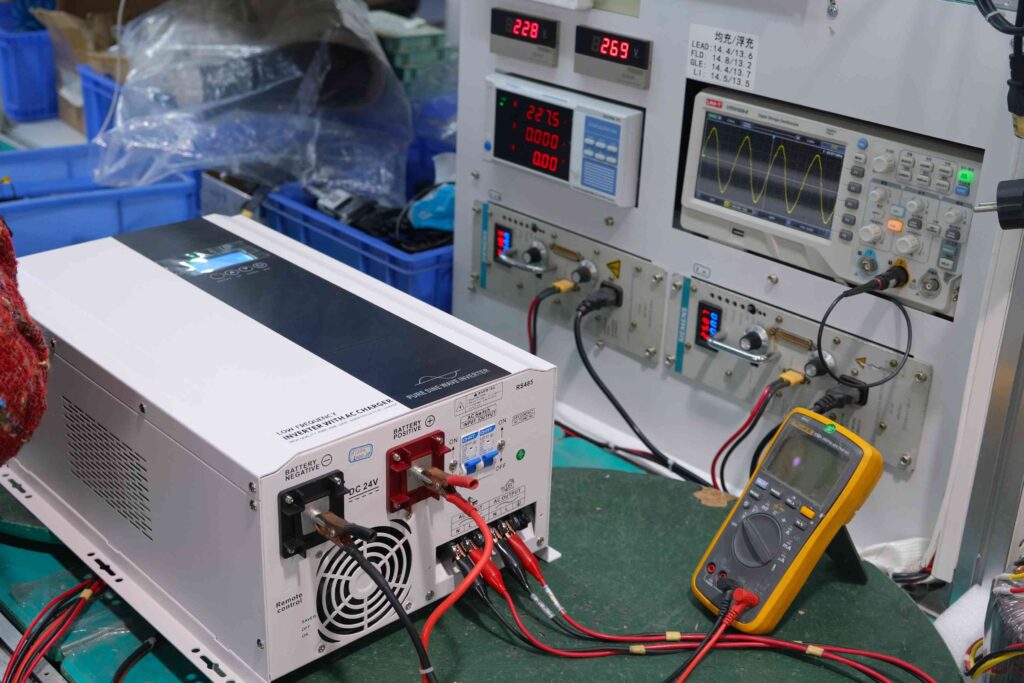
Practical Applications and Case Studies
To illustrate how an inverter works without a backup battery, let’s consider a few practical applications and case studies:
Residential Use
In a typical residential setup, solar panels on the roof generate electricity during the day. The inverter converts this DC electricity to AC, which is used to power household appliances. Any excess electricity is sent back to the grid, and the homeowner receives a credit on their electricity bill. At night or during cloudy periods, electricity is drawn from the grid. This setup is ideal for households with predictable energy usage patterns and reliable grid access.
Commercial Use
Businesses with large roofs or open spaces can install significant solar arrays to offset their energy consumption. Inverters in these setups work without backup batteries to convert DC to AC and manage the flow of electricity to and from the grid. Many businesses operate primarily during daylight hours, aligning their energy usage with solar generation, which maximizes the benefits of a grid-tied system.
Agricultural Use
Farms and agricultural operations often have high energy needs during daylight hours for activities like irrigation, processing, and refrigeration. A grid-tied solar power system without a backup battery can significantly reduce electricity costs. By using solar energy during the day and drawing from the grid as needed, farmers can optimize their energy use without the additional cost and complexity of battery storage.
Conclusion
Operating an inverter without a backup battery in a solar power system is a viable and cost-effective option for many households, businesses, and agricultural operations. While it comes with certain limitations, such as the lack of backup power during outages and dependence on the grid, the benefits in terms of cost savings, simplicity, and efficiency can make it an attractive choice. As technology continues to advance and grid infrastructure improves, grid-tied solar power systems without batteries are likely to become even more popular and effective.

